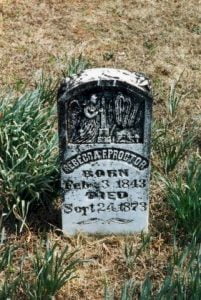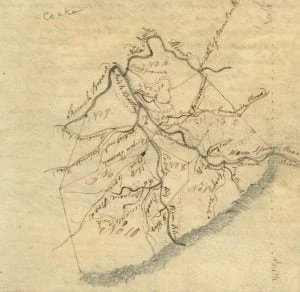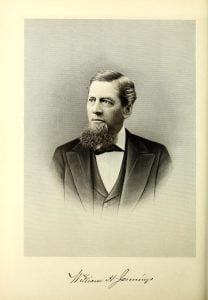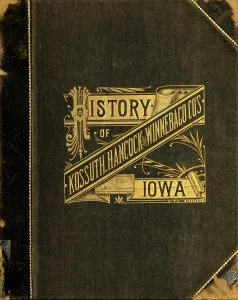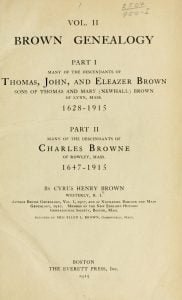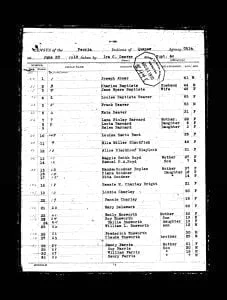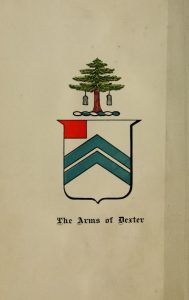Coal County Oklahoma Cemeteries
Most of these Coal County Oklahoma cemeteries are complete indices at the time of transcription, however, in some cases we provide the listing when it is only a partial listing. Hosted at Coal County OKGenWeb Archives Byrd’s Prairie Cemetery Cairo Cemetery Centrahoma Cemetery Coalgate Cemetery Globe Cemetery McCarty Cemetery Pine Cemetery Pleasant Grove Cemetery Hosted at Coal County OKGenWeb Byrds Prairie Cemetery Centrahoma Cemetery Coalgate Cemetery Lonestar Cemetery McCarty Cemetery Moore Cemetery Ninas Cemetery Nixon Cemetery Panther Creek Cemetery Plesant Grove Cemetery Wilson Cemetery Woodman Cemetery Hosted at Coal County Oklahoma ALHN Boiling Springs Cemetery Byrds Prairie Cemetery Cairo Cemetery Calvary … Read more

